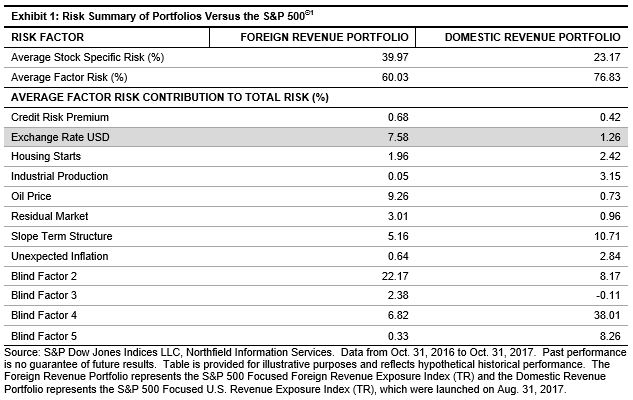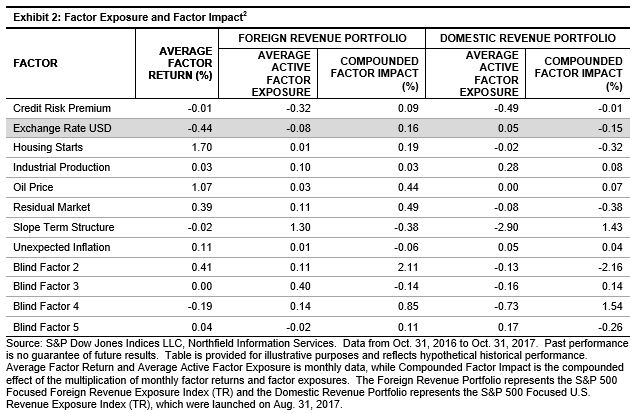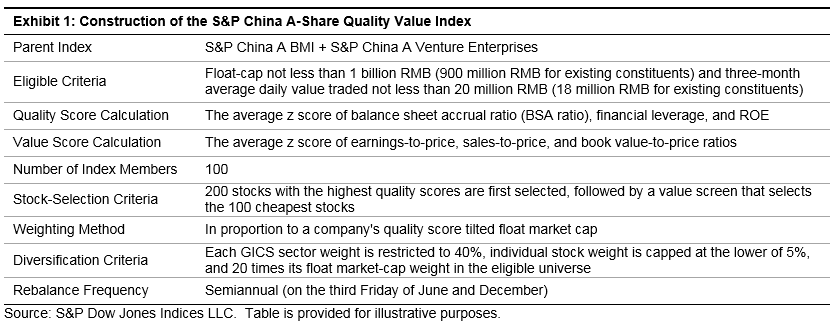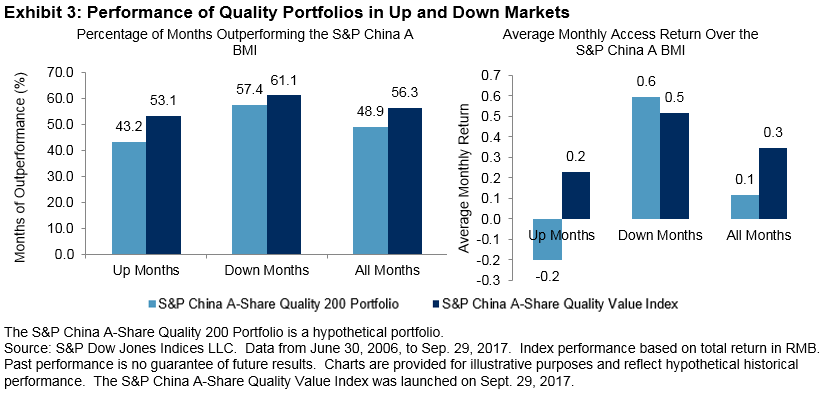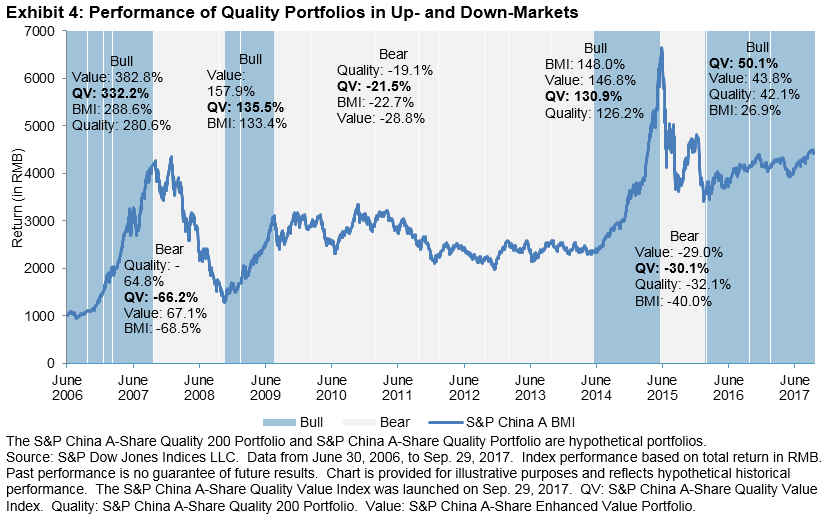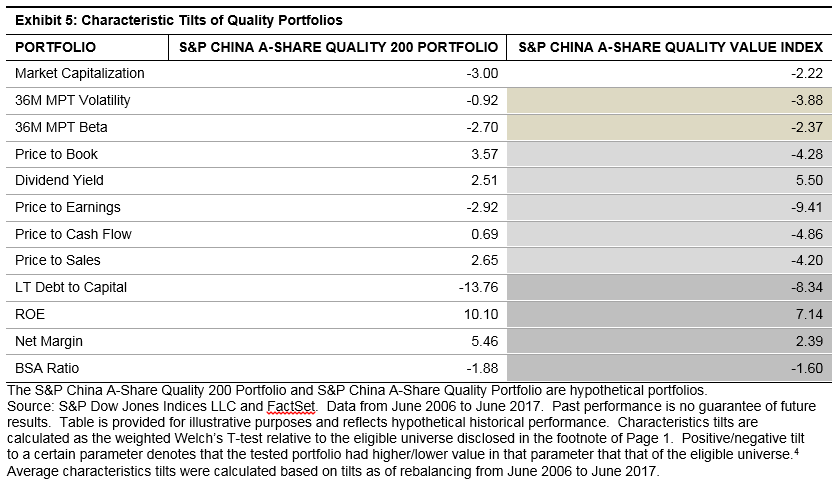At the most recent National AFORES convention, held jointly with FIAP International in Mexico City at the end of October 2017, Latin American institutional investors continued to show increasing interest in ESG-related topics and this was evident in the conference agenda. In particular, the participants spoke about the following topics.
- Impact reporting: The ability to measure and quantify the sustainability of their current investment portfolios.
- Relevant benchmarking: Incorporating relevant benchmark indices for comparison.
- ESG implementation: Ensuring ESG implementation into the multi-step investment process and quantifying the benefits of doing so.
As highlighted in a recent research paper, Stepping Up to Carbon Transparency, S&P Dow Jones Indices has been at the forefront of sustainability-related educational efforts. We have recently started to report sustainability metrics as part of an index’s characteristics to support and promote ESG transparency.
In this blog, we use the “carbon footprint”[1] measurement provided by Trucost to understand how much carbon reporting has evolved in Mexico, using the country’s headline equity index, the S&P/BMV IPC, as an example. Trucost measures the carbon footprint as the aggregation of operational and first-tier supply chain carbon footprints of index constituents per USD 1 million invested.
In 2007, there were only six IPC companies with information on their carbon footprint, of which 100% was estimated by Trucost using sector-related information. Reflecting the growing market’s needs and interest, the carbon footprint reporting of this local index has increased from 17% in 2007 to nearly 100% in September 2017. It is important to note that the coverage has not only increased, but the method of obtaining the carbon data has also evolved (see Exhibit 1).
At the start of 2007, 100% of the carbon data was estimated, whereas after 10 years, by September 2017, 14.7% of the companies were fully disclosing their carbon information. More specifically, 38.24% was estimated from companies’ partial environmental and financial disclosures, 8.82% of the companies in the index were estimated using previous disclosures, and 38.24% was estimated using the sector breakdown. This is a clear indication that Mexican companies are recognizing the importance of environmental data disclosure in financial reporting.

Currently, carbon data is available for 34 of the 35 companies in the S&P/BMV IPC. When the data is broken down by sectors, we can see that some sectors, due to the nature of their businesses, have substantial carbon footprints compared to others. As a comparison, we stack up the relative carbon intensity of the sectors in Mexico to those of the U.S., as measured by the S&P 500® (see Exhibit 2).
The top three carbon-intensive sectors in Mexico, on average, are utilities, materials, and industrials. Utilities comes in first place with 2,394 tons of CO2e emissions per USD 1million invested, even though the sector only represents less than 2% of the S&P/BMV IPC. Materials comes in second, with roughly 1,329 of CO2 emissions per USD 1 million invested on average, while accounting for roughly 17.52% of its benchmark as of Sept. 29, 2017. Industrials has about 613 tons of CO2 emissions per USD 1 million invested, on average, with the sector representing about 11.359% of its benchmark.

In a follow-up blog, we will provide a time-series analysis of the carbon footprint of companies that are part of the S&P/BMV IPC to highlight how the Mexican market has evolved.
[1] Operational and first-tier supply chain greenhouse gas emissions. For more information, please visit: www.spdji.com/esg-metrics.
The posts on this blog are opinions, not advice. Please read our Disclaimers.



